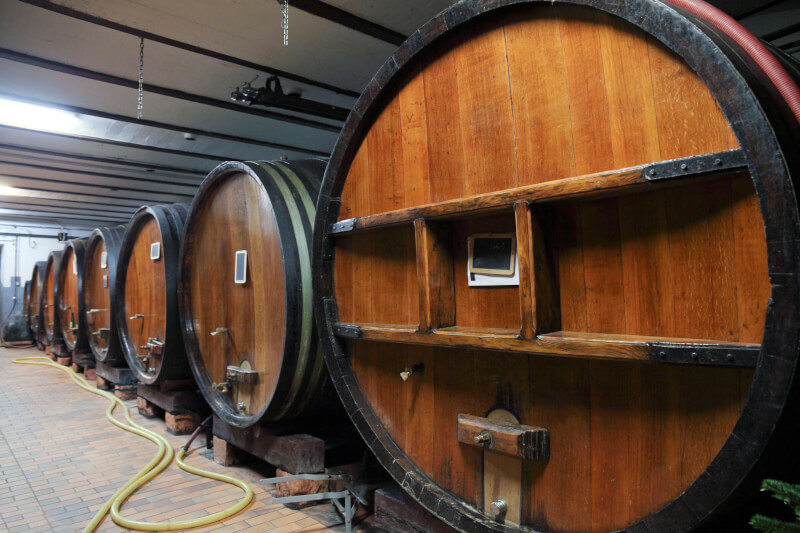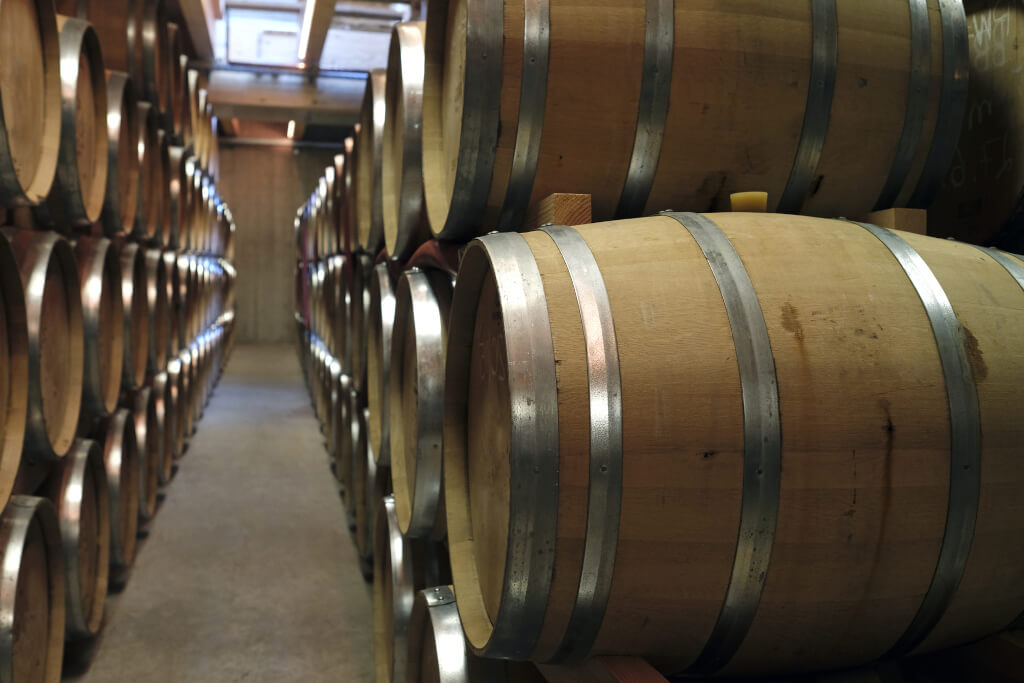Oak barrels have been an integral part of the whisky-aging process for generations. These massive wooden barrels have been used to store the cherished spirit, infusing it with unique flavors and characteristics. We’ll examine the history of the oak used in whisky barrels and the coopering techniques that go into creating these receptacles, which are so integral to the production of our favorite spirits.
The Value of Learning About the Barrel
Whisky connoisseur Becky Paskin says the barrel is crucial to the process. “The cask influences as much as 60-70% of the final taste of the whisky,” she says. Since the barrels have such a profound effect on the whiskey’s flavor, learning about their production process is essential.
Whisky connoisseurs and distillers alike hold a profound respect for the artistry and complexity that goes into creating the ideal whisky. The majority of the flavor profile of your whiskey comes from the unsung hero of whisky making – the barrel. Indeed, Becky Paskin’s estimation of the cask’s influence at 60-70% of the final taste of the whisky elucidates the critical role it plays in the production process. The value of understanding the barrel’s contribution can be broken down into a few key points:
1. Unique Flavor Contribution
A whisky’s flavor profile is deeply influenced by the type of oak used in the barrel, how the barrel has been treated, and how long the whisky has been aged. Each barrel lends its unique personality to the whisky it nurtures, infusing it with distinct notes such as vanilla, caramel, or almond.
2. Choice of Wood
The choice of oak in whisky production is not arbitrary. Whisky makers meticulously select from several oak species, each lending different characteristics to the whisky. The choice can significantly affect the whisky’s texture, color, and overall taste.
3. Seasoning and Toasting
These processes, which are meticulously conducted at the cooperages, add another layer of depth and complexity to the whisky. The extent and manner of seasoning and toasting can dramatically influence the whisky’s final flavor profile, underscoring the barrel’s critical role.
4. Time Factor
Barrels aren’t just containers; they’re catalysts for change. The aging process inside a barrel allows the whisky to mellow out and develop rich, complex flavors over time. This transformative journey occurs only within the confines of a barrel, emphasizing its significance in whisky making.
5. Sustainability
Understanding the value of barrels also has a sustainability aspect. Reusing barrels that have held other beverages, as is often done in Scotch whisky production, is a practice rooted in tradition that also has significant environmental benefits.
Understanding the barrel’s role is paramount to appreciating the depth, complexity, and mastery of whisky making.
Oak, the Wood of Choice

Casks used for aging Scotch and Bourbon must be made of oak. And yet, why oak? Oak can be incorporated into a sturdy cask, and the toasting process adds savory notes like vanilla, caramel, and almonds. Common varieties of oak include the American oak (Quercus alba) and the European oak (Quercus robur). Still, some distilleries are venturing out of their comfort zones and trying new things by using alternative oaks like Oregon’s garryana and Japan’s mizunara.
The origin of the oak is just as crucial as the choosing process itself. It is the responsibility of cooperatives to coordinate the harvest of oak with sawmills, timber suppliers, and forestry commissioners.
From the First Trees to the First Sawmill
A whisky barrel’s journey begins in the woods. Staves, or the individual planks that make up the barrel’s body, are cut from oak trees that are both tall and straight. A single oak tree can provide enough wood for three barrels after being felled and hauled to the sawmill, where it is processed into staves.
Seasoning is a crucial stage in preparing the oak for coopering. To dry the lumber and remove some of the wood’s tannins, “the wood sits out in the elements, getting rain on it and snow on it in the winter,” as Michael Nelson, plant director of the Brown-Forman cooperage in Louisville, says.
A Practical Guide to Making Barrels
Coopering, the art of creating barrels from oak, occurs once the wood has been cured to the right consistency. Staves are cut and formed before being precisely fitted together to form a boat that is both airtight and watertight. The staves must be heated and bent into the desired shape, and then the inside of the barrel must be toasted and/or charred to match the standards of the distillery. This process is crucial in determining the finished spirit’s flavor profile.
“Toasting is the art of slowly heating the wood,” explains Andrea Wilson, Michter’s Master of Maturation, “while charring is when the wood’s interior catches fire, leading to a quick and intense burn.”
Beyond Simple Leak Checking
The process of checking the barrel for leaks follows the toasting and/or charring of the barrel. Leaks are usually patched with reed or cork wedges and spiles, though stave replacement is possible.
The whisky will be stored in the barrel at the distillery while it ages and takes on its distinctive flavor profile once it has passed all necessary examinations.
What to Expect After Your First Refill
A whisky barrel has countless potential uses beyond aging alcoholic beverages. It is common practice for distilleries that produce Scotch, for example, to repurpose barrels that had previously held wine, Sherry, Bourbon, or Sherry. These barrels can either be transported in their finished form or dismantled and reassembled by a cooper once they arrive in Scotland.
The ability of a barrel to successfully age whisky, on the other hand, declines with time. However, the whisky business has discovered a way to extend the longevity of these containers. A spent cask can be revitalized for future whisky aging by shaving off the inner layer and then toasting and charring it.
It is an essential component of whisky making, as its role in shaping and enhancing the spirit’s flavor cannot be overstated. To achieve its distinctive flavor, whisky through several separate processes, the first of which is the harvesting of oak from nearby forests and the final of which is the making of barrels at a cooperage.

